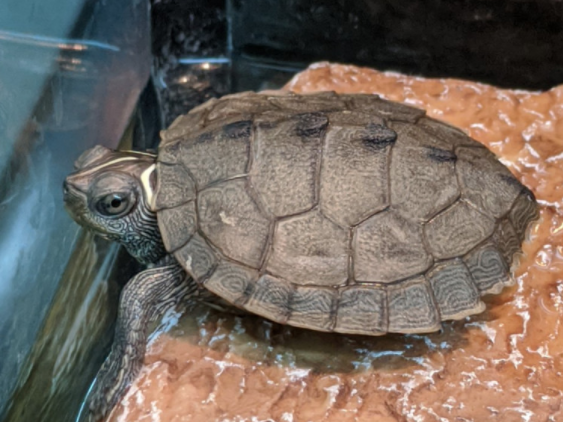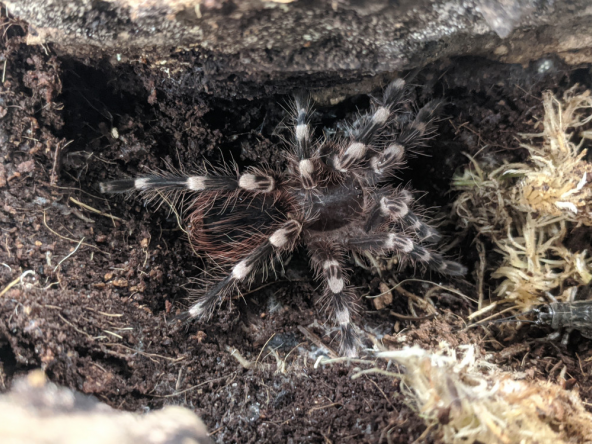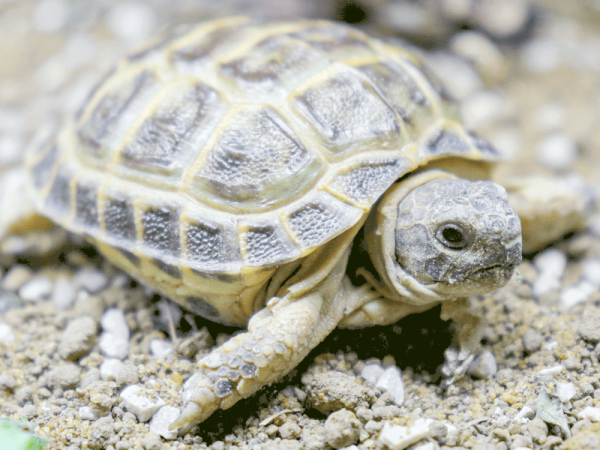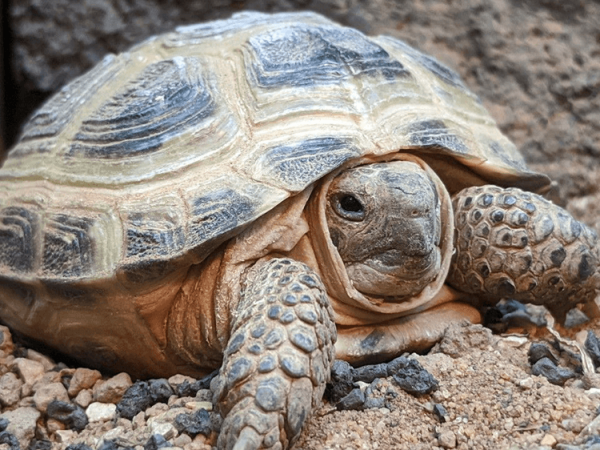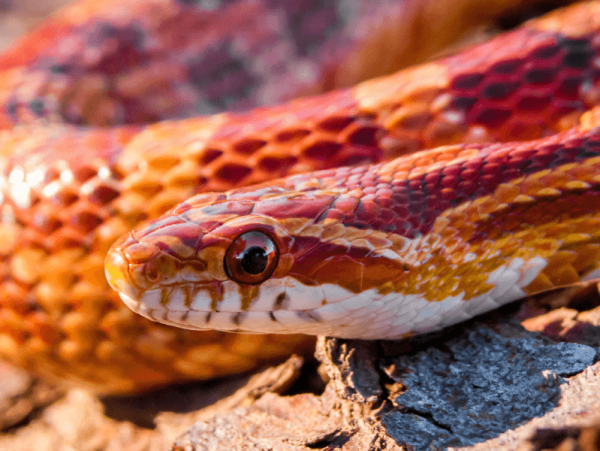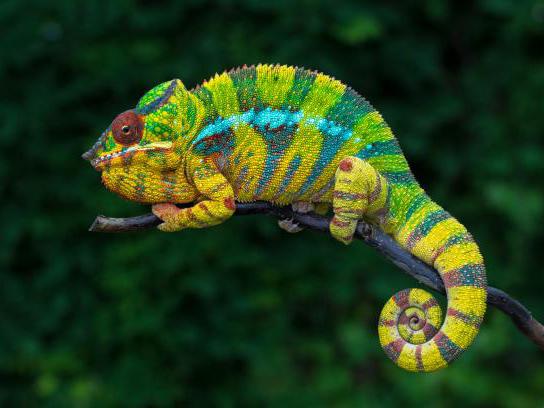Turtle and tortoise species guide
So you've decided to get yourself a turtle or tortoise, now you have to decide which one and which species? There are many different types of pet turtle and tortoise you can get and all have different requirements which you need to consider including diet, lifespan and size. Here are a few which are very popular and some information to help you decide which one is best for you:
African Aquatic Sideneck Turtle
The African Sideneck Turtle (Pelomedusidae) is named so because they are unable to tuck their heads entirely in their shells so they tuck them into the side instead. They grow to an average of 6-9 inches long so would require a larger tank as they grow (or their first tank will have to be big enough to let them grow to this size). Their average lifespan is over 50 years so these turtles are a huge commitment to make. You have to make sure you can care for them throughout their whole life.
Painted Turtle
Painted Turtles are very popular pets due to their bright colours and are ideal for older children with adult supervision. They are omnivores so require a varied diet including vegetables, turtle pellets and some live food. These turtles can grow to anywhere between 4 and 10 inches so can be quite sizeable and the males are smaller than the females. Again they can live to 50 years and above.
Caspian Pond Turtle
Caspian Turtles have a slightly lower lifespan than the others but it is still 30-40 years so a huge commitment! They are not fussy eaters and will have a meal of plants, fish, crickets, mealworms, veggies and much more. Unlike some others, they are very hardy and adaptable so are a great choice for a starter pet. Again, the size is similar to the others - roughly the size of a dinner plate.
Spur-Thighed Tortoise
The Ibera Tortoise, otherwise known as Spur-Thighed, is a Mediterranean tortoise and prefer a warmer climate and light. They will need UVB lamps and access to as much natural sunlight as possible. They need a large and varied accommodation so they can explore, ideally without any transparent sides and without a roof. They can be fed a tortoise diet and also a mix of leaves, flowers and some fruit. The usual size an Ibera will grow to is around 22cm.
Hermanns Tortoise
This is the most common pet tortoise in the UK and is very similar to the Ibera. Again, they would need a large space to live in so they so not become stressed or bored and will require UVB lighting. The main difference between these two species is the Herman does not have spurs on its legs.
If you would like a Hermann's tortoise as your family pet, why not take a look at what Hermann's tortoises we have for sale.
Marginated Tortoise
The Marginated Tortoise is named for its extremely flared scutes on the rear. It is again very similar to the other species of tortoise - the main difference between species is the appearance.
All tortoises require some time outdoors to get natural sunlight but be careful they do not go missing! They tend to explore and find hiding places if given too free rein.
While you're thinking about turtles, you might want to stock up on turtle food and health. Why not try our brand-new Swell Reptiles Turtle range including Swell Reptiles Adult Turtle Diet, Swell Reptiles Adult Turtle Veggie Sticks, Swell Reptiles Adult Carnivore Diet, Swell Reptiles Adult Turtle Complete Sticks, Swell Reptiles Turtle Multi Vitamin and Swell Reptiles Turtle Eye Drops.




